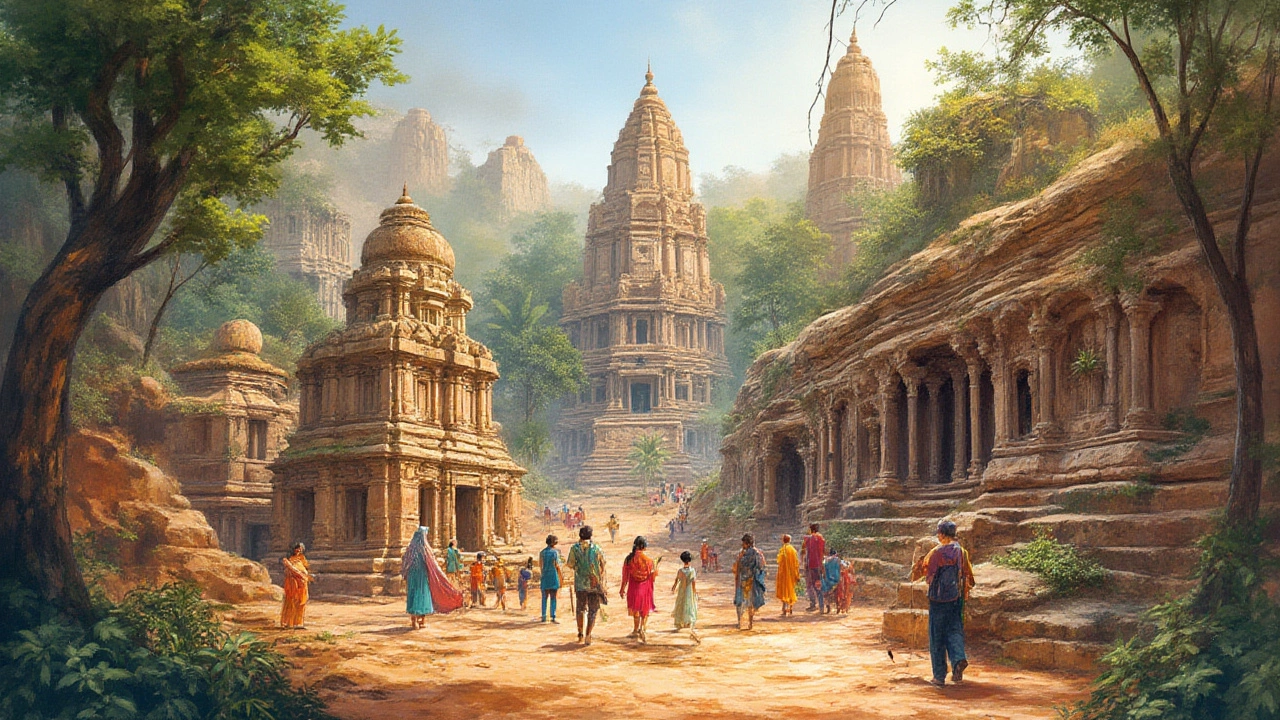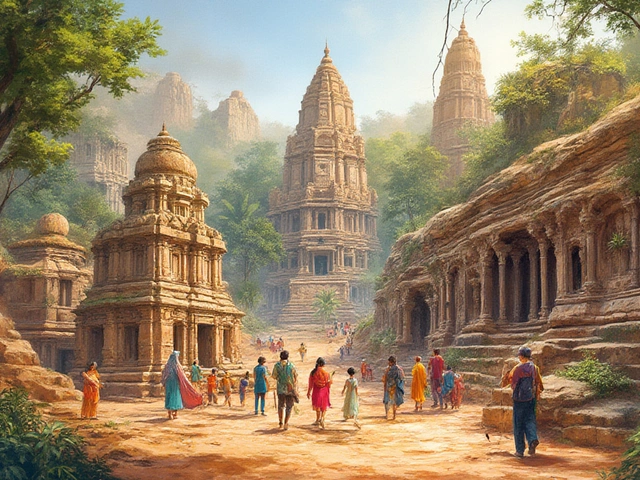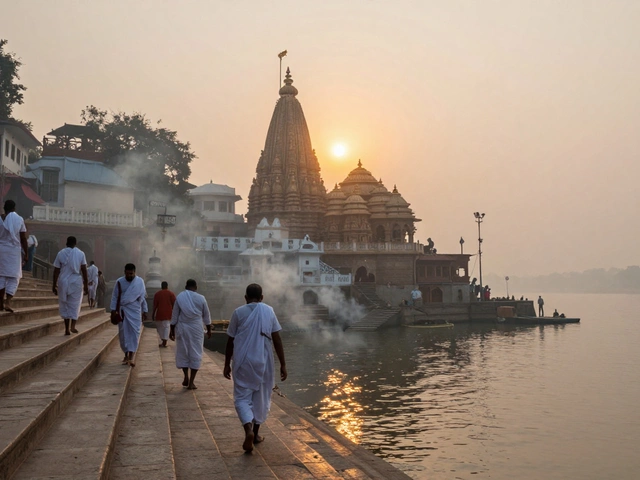Picture standing in front of the majestic Ajanta Caves, feeling centuries-old stories carved into every crevice, and realizing you’re not just a tourist—you’re a time traveler. India, with its dizzying blend of culture and history, has more World Heritage Sites than most countries dream of. But there’s a burning question for heritage hunters and travel buffs: which state in India reigns supreme when it comes to UNESCO World Heritage Sites?
Maharashtra: India’s Powerhouse of World Heritage Sites
Let’s get straight to it: Maharashtra takes the crown for hosting the highest number of UNESCO World Heritage Sites in India. This isn’t just a Game of Thrones-style title—it shapes the state’s identity and puts it high on every serious traveler’s bucket list. As of July 2025, Maharashtra is home to five incredible UNESCO sites. These include:
- Ajanta Caves
- Ellora Caves
- Elephanta Caves
- Chhatrapati Shivaji Terminus (CST), Mumbai
- Victorian Gothic and Art Deco Ensembles, Mumbai
While other states offer stiff competition—Karnataka and Tamil Nadu each flexing with big numbers of their own—Maharashtra edges ahead because its sites mix starkly different periods, styles, and functions. We’re talking ancient Buddhist caves, exquisite rock-cut temples, as well as stunning examples of colonial-era architecture. The variety is dizzying.
If wanderlust is running through your veins, Maharashtra delivers with sites that highlight the confluence of ancient Indian, Persian, Islamic, and European influences. Each site has deep stories and unique quirks: Ajanta’s 2000-year-old frescoes, Ellora’s sprawling mix of Buddhist, Hindu, and Jain monuments, and CST’s wild blend of Victorian Gothic and Indian designs. This state isn’t just showing off quantity—it’s the quality and diversity that make Maharashtra a giant on the heritage map.
Here’s a tip: Visiting these sites back-to-back isn’t just possible, it’s actually a dream trip for anyone itching to experience India’s timeline all within one state. Maharashtra’s great rail and road links make this adventure logistically easy—even if you only have a few days to spare.
Digging Into Maharashtra’s UNESCO Sites
Let’s get our hands dirty (not literally, unless you’re an archaeologist) and go deeper into what each of these world-famous sites actually feels like.
Ajanta Caves: Tucked away in a horseshoe-shaped bend of the Waghora river, the Ajanta Caves transport you into the golden age of Buddhism. Dating back to the 2nd century BCE, the caves are full of murals and sculptures that show remarkable skill. The colors—even after hundreds of monsoons—are still vivid, telling stories of the Buddha’s life, compassion, and ancient court dramas no Netflix series could rival. If you ever wondered why so many artists and historians rave about India’s ancient painters, Ajanta is the reason.
Ellora Caves: Not far from Ajanta, Ellora dazzles with its 34 monasteries and temples carved out of a massive basalt cliff. What’s wild is the fusion here—Buddhist, Hindu, and Jain monuments coexist, each just meters apart. The scale is gobsmacking, especially Kailasa temple, which was literally carved from a single stone starting from the top and working down (yep, upside-down construction), and is still the world’s largest monolithic complex. Even if you’re not into architecture, the sheer feat of human effort grabs your imagination.
Elephanta Caves: A short ferry ride from Mumbai’s Gateway of India, Elephanta is a maze of dark, breathing silence, suddenly lit up by massive sculptures of Shiva. The main cave’s 20-foot-tall Trimurti (three-headed Shiva) is iconic—it’s been on textbooks, stamps, and even a few Bollywood movie posters. But in person, it hits differently, with a spiritual vibe that’s hard to shake off.
Chhatrapati Shivaji Terminus (CST): If you think train stations are only good for travel photos, CST will change your mind. This architectural marvel isn’t just Mumbai’s busiest station, it’s a World Heritage Site and a living museum. It mashes up Victorian Gothic Revival and Indian traditional styles, with ornate turrets, pointed arches, and stained glass spilling color onto thousands of commuters each day. Stop and look up—there are stone lions and peacocks tucked into the façade you’d never expect to see on a train station.
Victorian Gothic and Art Deco Ensembles: Mumbai’s historic district is a stunner. Real estate here is pricey for a reason. These ensembles include dozens of residential and public buildings from the 19th and 20th centuries, standing out for their playful blend of European, Art Deco, and Indian flourishes. Walking these streets is like flipping through the pages of an architectural comic book—quirky, grand, and surprisingly lively for “old” buildings.
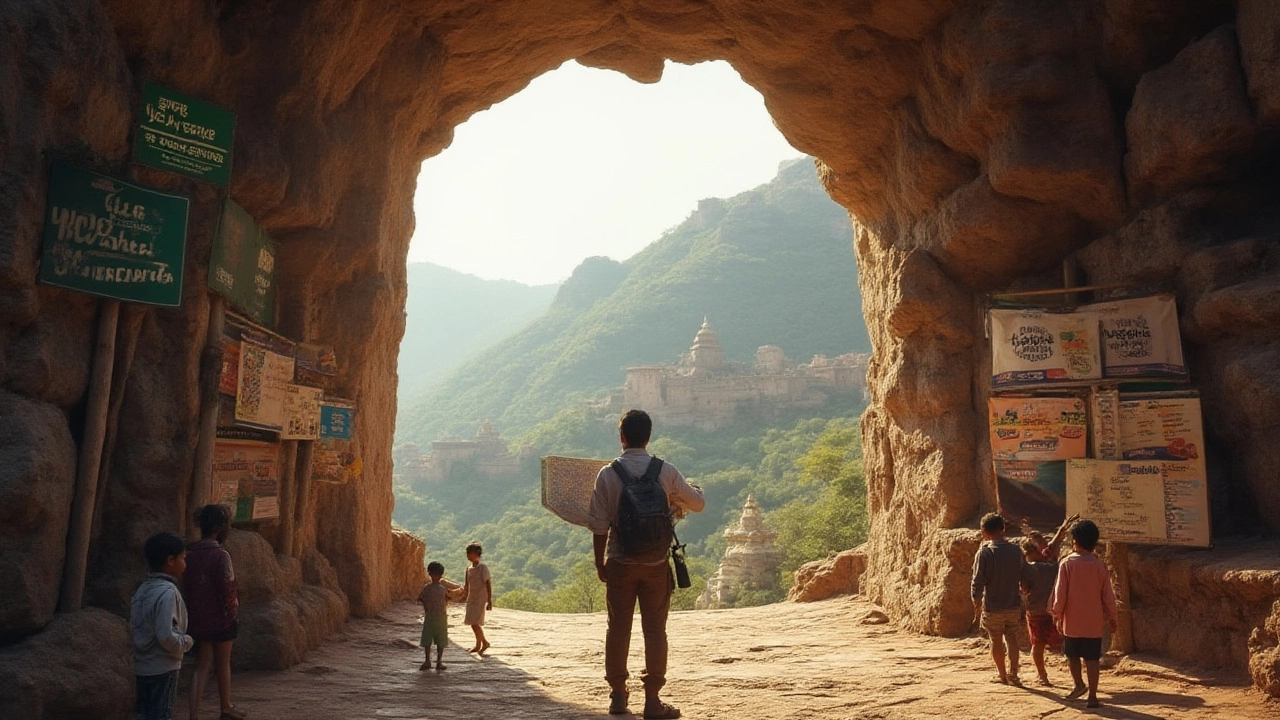
How Maharashtra Stacks Up Against Other States
So, where does everyone else stand in the great heritage race? Tamil Nadu and Karnataka are right on Maharashtra’s heels, with four UNESCO World Heritage Sites each. Down south, Tamil Nadu brings the magic with the Great Living Chola Temples, Group of Monuments at Mahabalipuram, the Nilgiri Mountain Railway, and the Western Ghats’ biodiversity. Karnataka throws in Hampi, Pattadakal, the Western Ghats too, and the Rani-ki-Vav stepwell (in partnership with Gujarat).
But Maharashtra keeps its top spot thanks to the unique scope of its listings. The combo of caves, colonial architecture, and sprawling city ensembles puts it ahead for anyone chasing variety. Unlike some states where most sites fit a single theme (like temples or forts), Maharashtra mixes ancient religion, art, and colonial-Indian mashups. It’s not just about numbers, but about how wildly different a heritage “crawl” through the state can feel.
For list lovers or those planning epic bucket-list journeys, here are India’s top World Heritage Site states:
- Maharashtra: 5 sites
- Tamil Nadu: 4 sites
- Karnataka: 4 sites
- Uttar Pradesh: 3 sites (including the iconic Taj Mahal)
Remember, UNESCO continues to add new sites occasionally, so if you’re reading this in a future where another state has leapfrogged Maharashtra—lucky you, there’s another trip to plan. But as of July 2025, Maharashtra rules the roost.
Tips for Exploring Maharashtra’s Heritage Treasures
If your heart’s set on chasing down every World Heritage Site in Maharashtra, a little planning goes a long way. Here’s what savvy travelers keep in mind:
- Timing is everything: Ajanta and Ellora are best visited from October to March, when temperatures are pleasant and the monsoon’s green touch makes the countryside glow.
- DIY or guided? Go for a certified guide at all cave sites—locals offer fascinating stories you’ll miss if you just wander solo. Elephanta and Ellora especially spring to life with insider tales.
- Buy entry tickets online: Maharashtra’s top sites now offer online ticketing, helping you skip long lines. It’s not just easier, it’s safer for your wallet too.
- Combine sites smartly: Ajanta and Ellora are only about 100 km apart, so make Aurangabad your base and do both over 2-3 days. Elephanta is an easy half-day from Mumbai.
- Local eats: Don’t leave Aurangabad without trying Naan Qalia, a rich local Mughlai curry. In Mumbai, enjoy Irani café snacks after a stroll through the Art Deco district.
- Photography alert: Some sites don’t allow flash or tripods inside—Ajanta especially is strict—so brush up on your low-light phone or camera skills in advance.
- Footwear tips: You’ll do way more walking than you think, often on uneven stone or slippery moss. Good grip shoes are a lifesaver.
- Respect the space: World Heritage Sites are living history. Please don’t paint graffiti, don’t touch the murals, and don’t ring the bells at temples unless you’re part of a ceremony.
There’s also something truly special about visiting these sites with young kids or elders. Storytelling—especially at Ajanta’s caves or inside Elephanta’s mysterious main hall—has a magical effect on all ages. Bring a flashlight for cave visits; not all areas are well lit.
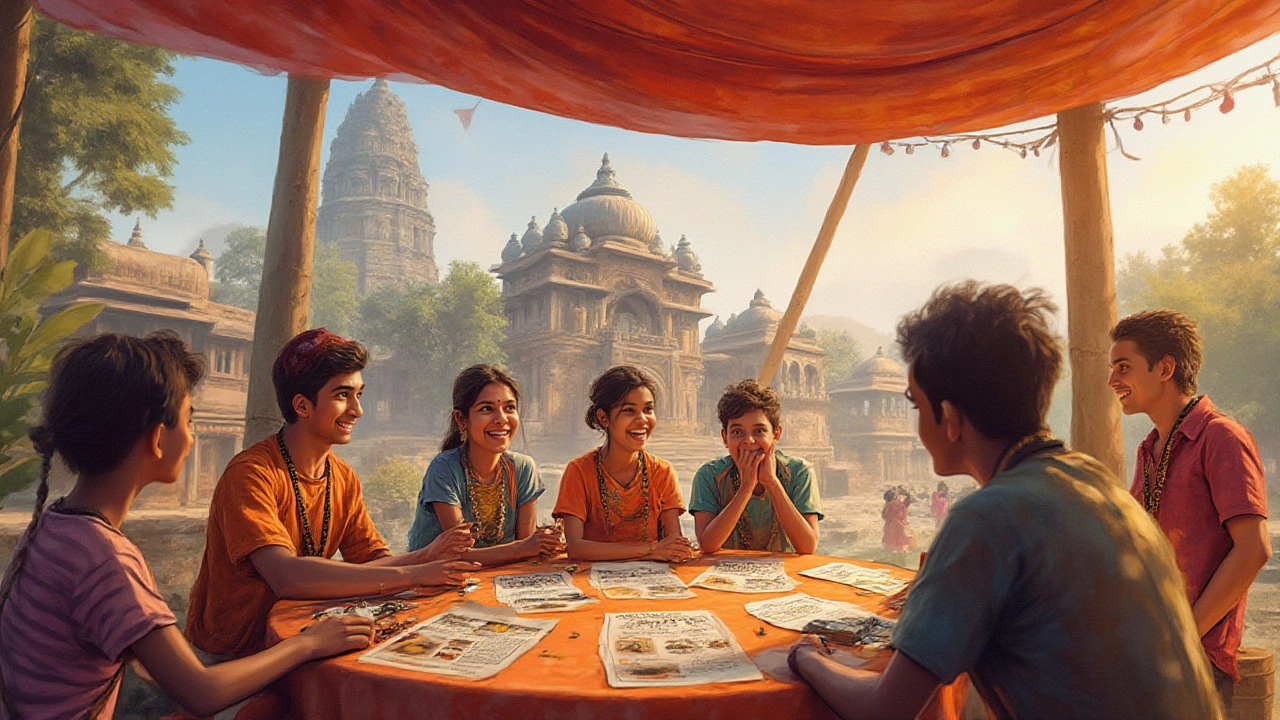
Hidden Heritage—Sites That Could Be Next
What about Maharashtra’s lesser-known gems? The fun part is that UNESCO keeps a “Tentative List” for places that could be future World Heritage Sites. Maharashtra has a heartbeat of historical magic beyond what gets listed on the tourist maps.
Keep an eye on sites like:
- Daulatabad Fort: A hilltop fortress with wild stories of deceit and desertion.
- Lonar Lake: Created by a meteor crash, with rare alkaline flora and ancient temples at its rim—scientists and pilgrims both visit.
- Paithan and Nashik: Home to ancient trade, holy rivers, and unique temple clusters.
- Mumbai’s Art Deco cinema halls: Beyond the official Ensemble, dozens more gems await cinema buffs.
Exploring these spots—even if they never get global recognition—means you’ll experience living heritage, not just curated history. Maharashtra’s treasure trove might get bigger in years to come.
Ready for a heritage adventure? Pack curiosity, comfortable shoes, a good camera, and that hunger to experience stories etched in stone. If you want quantity and world-class quality, Maharashtra’s UNESCO wonders are simply unmatched. Every trip here is a new chapter in India’s wild, colorful, and surprising epic.
